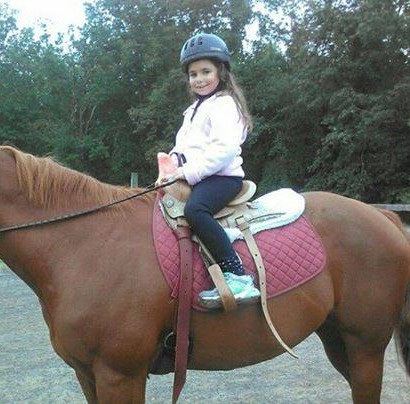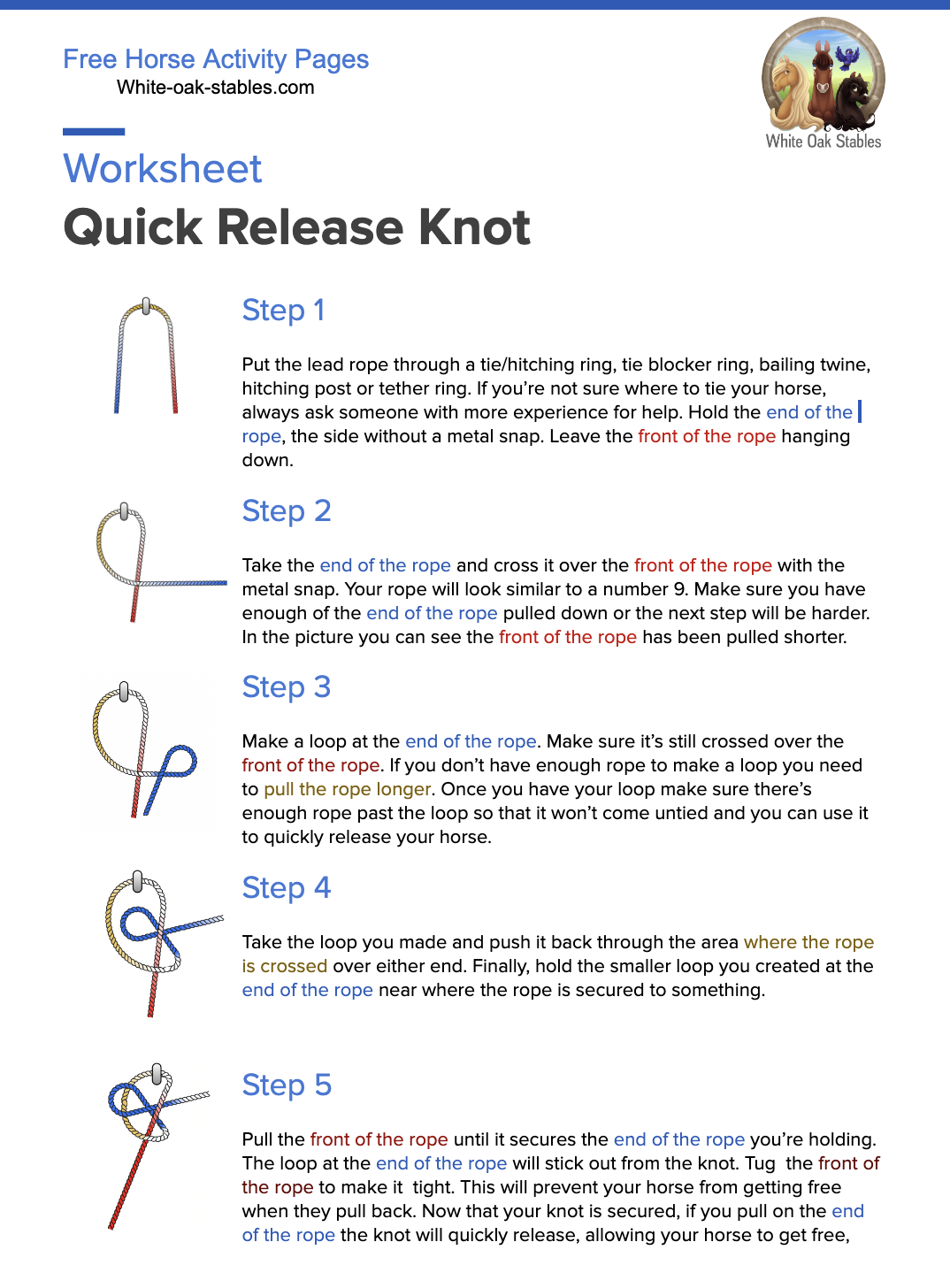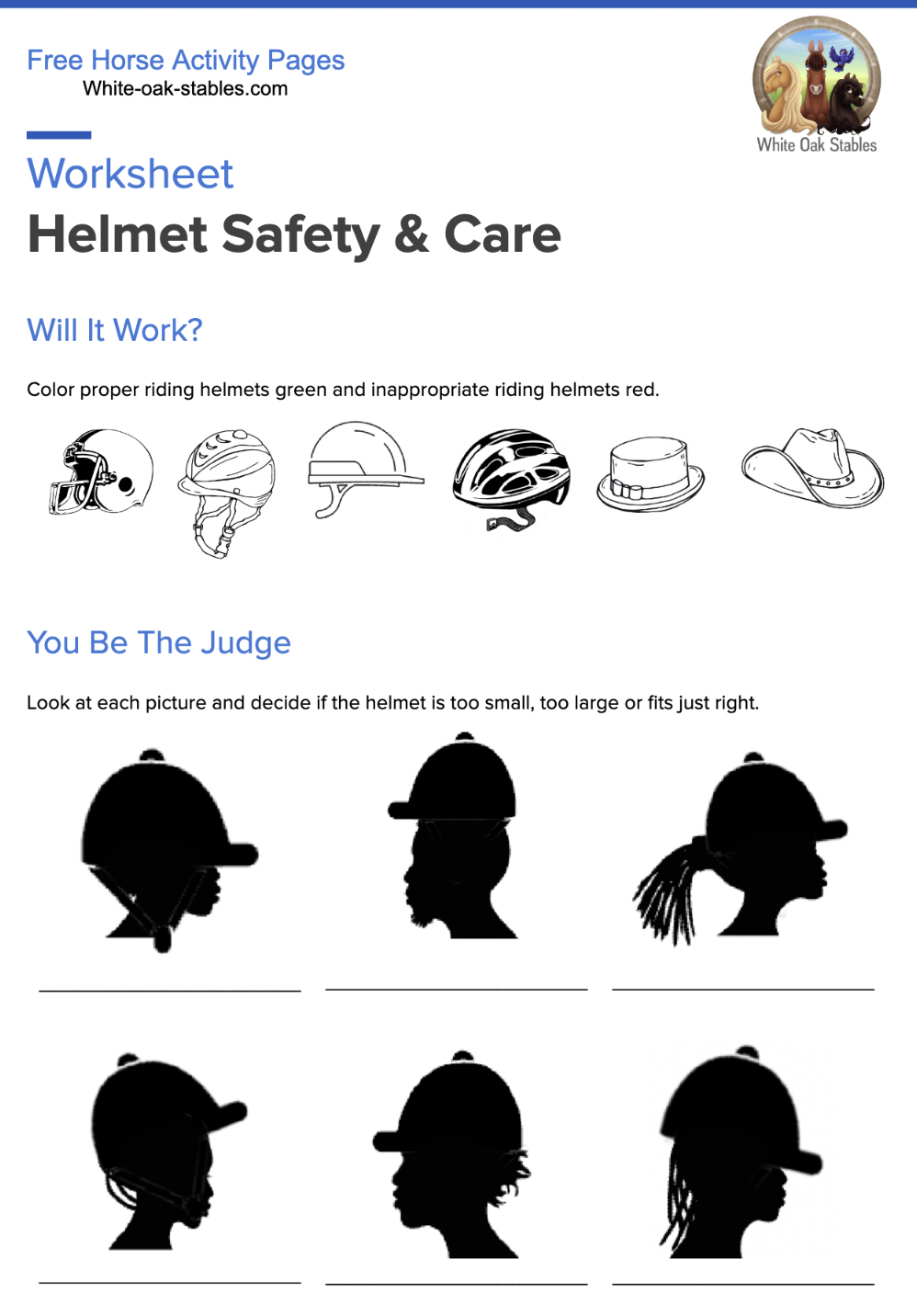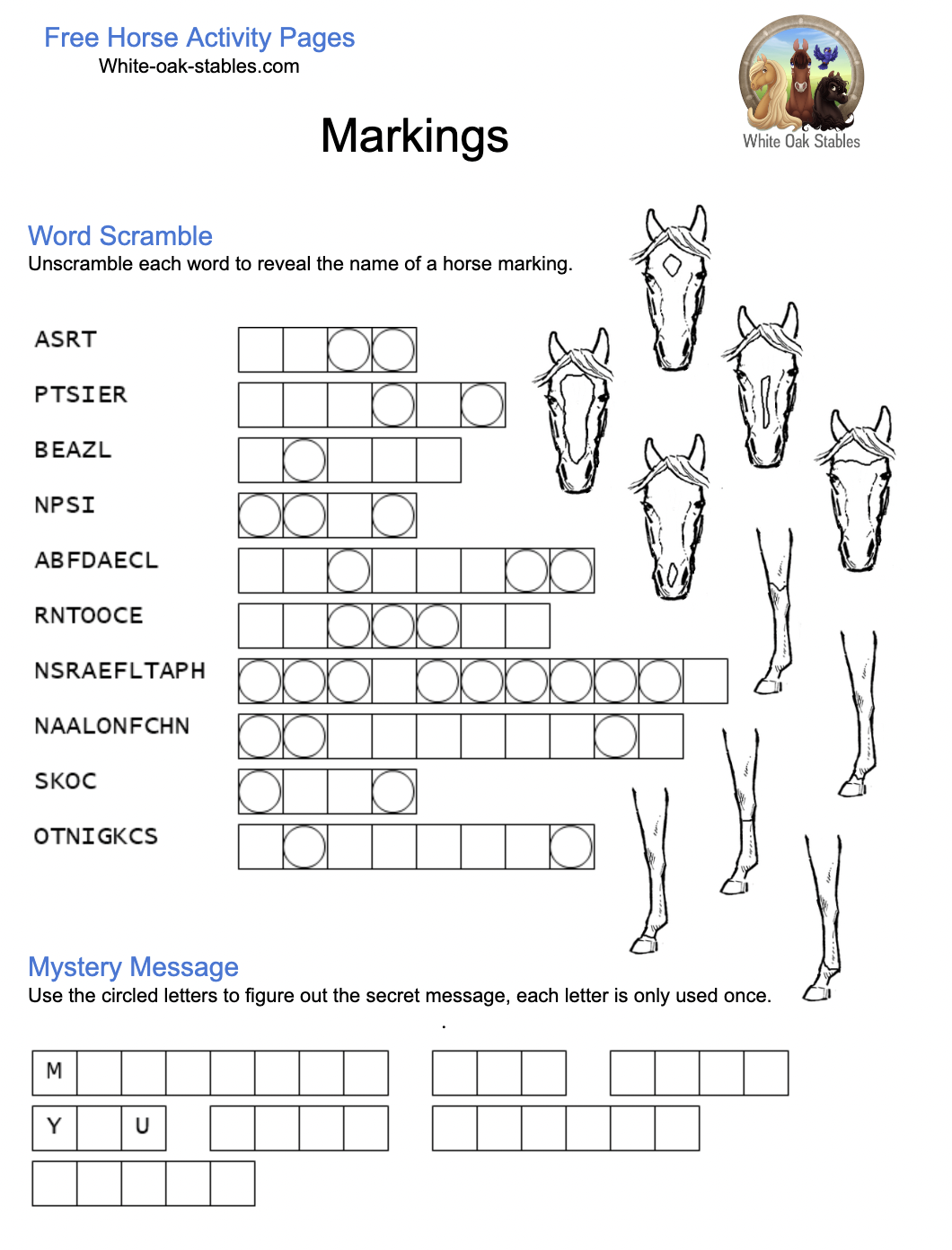How you sit on a horse is the foundation of riding and plays an important role in how well you can ride a horse. Having a proper, balanced seat is necessary for your safety and your horse’s safety and will allow you to give your horse the correct aids and freedom to maneuver underneath you. Let’s examine each part of your body from top to bottom and see how it affects you and/or your horse.
Head, Neck and Chin
Correct: You should be looking straight ahead with your head in a natural position.
Wrong: If you stick your chin out in front of you it will change the alignment of your spine and encourage you to hunch your shoulders and hollow your back which will push your chest forward and increase your chances of falling foward on your horse’s neck.
Wrong: If you pull your chin back it will stiffen your back and encourage you to tuck your seat and pelvis too far underneath you. This makes it more likely for you to develop the habit of driving the horse forward from behind the vertical and get left behind when you start jumping.
Wrong: If you tip your head to the left or right it will encourage you to ride crooked by lifting or lowering a shoulder and putting your weight more on one seat bone than the other. This makes it more likely for you to fall off your horse if it spooks, stumbles, or sidesteps unexpectedly.
Shoulders
Correct: Your shoulders should be relaxed, parallel and down.
Wrong: If your shoulders are uneven your spine won’t be in alignment and you’ll find yourself leaning to one side or the other and putting more weight in one seat bone. Uneven shoulders make you more likely to fall off the side of your horse if it spooks, stumbles or sidesteps unexpectedly.
Wrong: If your shoulders are up too high instead of relaxed and down you’ll stiffen your back, arms and have a tendency to lock your elbows, hold your arms too high and stick them too far out in front of your body. This will make it difficult for you to sit a trot or follow the movement of your horse’s motion which may cause him to constantly slow down or even stop.
Chest
Correct: Your chest should be lifted and directly underneath your pelvis and seat bones.
Wrong: If your chest is concave it will round your back, tip your pelvis backwards, pushes your legs forwards and throw your center of gravity forwards. This makes you get left behind over a jump and more likely to fall over the horse’s neck if it stops abruptly.
Wrong: If your chest is pushed too far out it will arch your spine and tip your pelvis forwards, make your legs slide backwards, make it difficult to close your hip angles for jumping or posting and you’re more likely to fall over the horse’s neck if it stops abruptly.
Elbows
Correct: If you were to draw a line down the center of your side your elbows would be slightly in front of this line. They should be relaxed and able to move backwards and forwards with the motion of the horse.
Wrong: If your elbows are too far in front of your body line it stiffens your elbows and makes it harder to follow the motion of the horse and will tip your weight forward making you more likely to fall forward on the horse.
Wrong: If your elbows are too far behind your body line it will encourage you to push your chest out too far causing you to hollow your back.
Wrong: If your elbows aren’t tucked by your sides but instead turned out (I call this chicken wings), it makes it harder for your to bend your elbow and follow the motion of the horse.
Wrists
Correct: Your wrist should be turned so your thumb is up and there’s a straight line from your elbow through to your hand. Your wrists should be relaxed but steady.
Wrong: If you break the line between your arm and your wrist you end up putting pressure on the reins and sending your horse signals to stop or slow down.
Wrong: If you turn your hands like you’re typing or playing a piano (I call this puppy dog paws) you’re actually telling your horse to bend his neck to the inside and to the outside at the same time. This can result in your horse slowing down or stopping, ignoring your rein aids, pulling against your hands or turning his nose to the inside/outside when you want him to go straight.
Hands
Correct: Your hands should be closed around the rein as if you were holding a raw egg, hard enough not to drop the egg but not so hard that you would crush the egg.
Wrong: If your fingers are open you’re more likely to lose your reins if your horse stumbles or trips. If you fall off your horse you’re more likely to break fingers if you haven’t close them around your rein.
Wrong: If you have a death grip on your reins you are constantly giving your horse the signal to slow down or stop. This will also cause you to tense your elbows and discourages your horse from moving fluidly underneath you.
Back and Ribcage
Correct: Your back should be slightly concave so that there’s a slight hollow at the base of your spine and ribcage is straight up and down. If you were to draw a line down your back it would show that you’re sitting directly in the middle of your horse and both sides are mirror images.
Wrong: If you’re leaning to the left or the right you’re caving your ribcage on one side. Doing this causes your weight to be unevenly distributed over your seat bones and it will make you more likely to fall off the side of the horse. You may also feel the sensation of one side being longer than the other, or one leg being longer than the other.
Pelvis/Seat
Correct: Your pelvis should be in a neutral position which is straight up and down.
Wrong: If your pelvis is tipped forward it will hollow the small of your back, cause your legs to swing up and back behind you, and tip your chest forward making it more likely to fall off the front of the horse.
Wrong: If your pelvis is tucked underneath your seat bones it will round your back, cause your legs to swing out in front of you, and cause you to sit behind the motion of the horse.
Thigh
Correct: Your thigh should be touching the side of the saddle.
Wrong: If there’s a gap between your thigh and the side of your saddle then you’re pinching with your ankle which is causing your thigh to come off of the side of the saddle. This will open your hip angle and make it harder to post your trot, get into jumping position or put your heels down.
Knee
Correct: Your knee should be against your saddle but not used for gripping. Think of your knee as a spring or a shock absorber, it should be able to open and close to absorb the impact of your posting or jumping the horse.
Wrong: Pinching at the knee will cause you to rotate your calf inwards so far that it brings your lower leg off the sides of the horse. It will make it nearly impossible for you to keep you heels down and your lower leg will have a tendency to swing behind you which causes you to fall forward onto the horse’s neck.
Wrong: If your knee isn’t touching the saddle it means your foot is at more than a 35 degree angle. When your foot is at such an extreme angle your horse is getting constant aids from your leg telling it to move forward or to bend. This makes it difficult for your horse to figure out what you’re asking it to do. Your horse will be more prone to starting to trot or canter when you don’t want it to.
Calf
Correct: Your half should be turned slightly out so that it presses against the side of the horse for gripping and it should lie near the girth.
Wrong: Your calf isn’t in contact with the side of your horse, this means you have no base of support to balance your weight evenly in the stirrups and you’ll be more likely to fall off the side of the horse. It also means you’re putting your full weight in the saddle instead of supporting your weight off the horse’s back — this makes it harder for your horse to move freely underneath you and can make their back sore.
Wrong: If your calf is too far back it will encourage your horse to move off to faster gaits or if it flops around your horse will become desensitized to your aids and you may find it lazy in responding to your aids. It will also cause you to fall forwards and encourages you to pinch at the knee. It’s impossible to get your heels down.
Wrong: If your calf is too far forward it will encourage you to brace against your stirrups instead of absorbing the shock through your knee. It makes you more likely to get left behind and to stiffen your body.
Ankle
Correct: Your ankle should be relaxed and straight so you can push your heels down.
Wrong: If your ankle is bent it encourages you to put your weight on your little toe or you big toe instead of across the ball of your foot and that causes your heels to come up.
Foot
Correct: Your toe should be turned slightly out with the stirrup on the ball of your foot at a 30 degree angle.
Wrong: If your toe is turned in it encourages you to pinch at the knee and swing your legs back.
Wrong: If your toe is turned too far out it encourages your heels to touch the horse and give it mixed signals.
Heel
Correct: Your heel should be down with your weight so that your toe is slightly raised and your heels is the lowest part of your body.
Wrong: If your heels are up it will tip your weight forward and encourage you to fall onto your horse’s neck.




